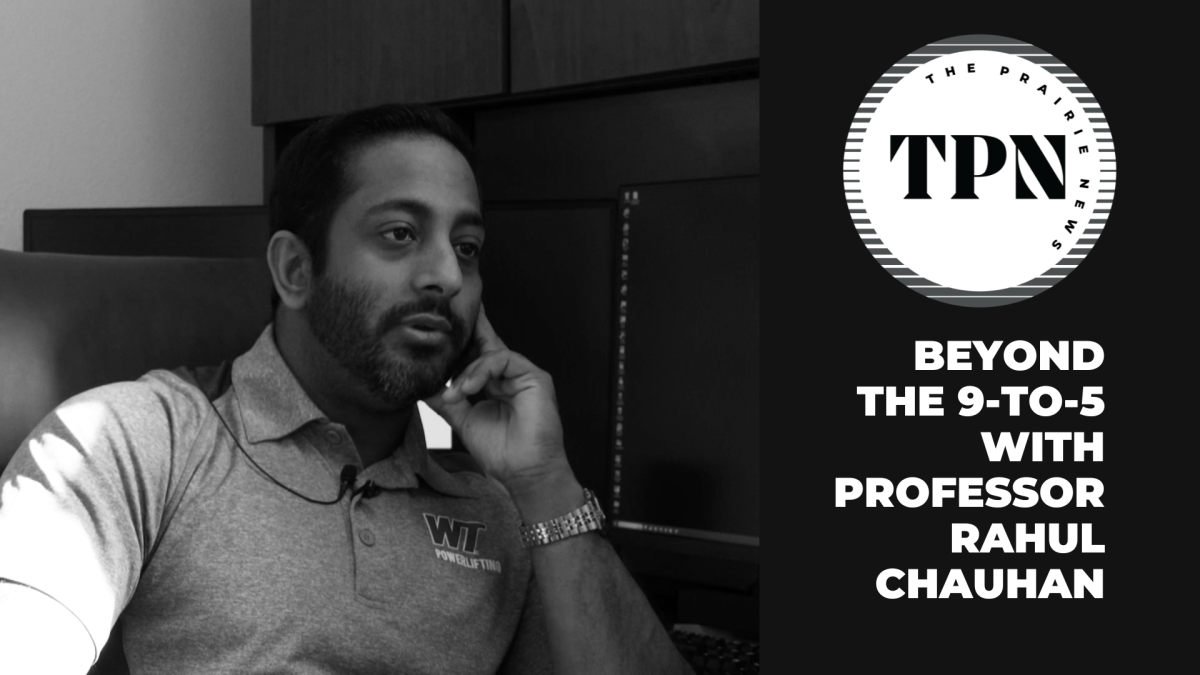
“Remember, remember, the fifth of November, the gunpowder, treason and plot,” said V, the eponymous character of the 1980’s graphic novel V for Vendetta by Alan Moore, “I see no reason why the gunpowder treason should ever be forgot.” This was said right before he blows up a building. The story of paper and ink would be taken to the big screen in 2006 in a film of the same name, starring Hugo Weaving as the titular character, Natalie Portman as a woman caught up in the events of his machinations, Stephen Rea as the weary detective trying to hunt down the dangerous terrorist and, funnily enough for fans of the film adaptation of 1984, John Hurt as the leader of a totalitarian regime controlling the former United Kingdom in a turmoil filled world.
In the original comic, the fascist Norsefire regime rose to power following a global nuclear war that, while not directly devastating Britain, left the country in shambles. The film’s version of the backstory shifts the timeframe from the 90’s to the late 2020’s and changes the nuclear war to a state of geopolitical turmoil, with the United States having fractured and the European mainland being devastated by an infectious virus. Nonetheless, the themes of the regime remain similar through both mediums. In a system reminiscent of a certain German dictator’s final solution, once the far-right wing gained power they began eliminating political opponents, homosexuals, and other undesirables in hellish, human experimentation filled concentration camps.
The plot revolves around Evey Hammond, who gets caught up in the machinations of the mysterious anarchist V, who is on a quest to bring down the totalitarian government and restore freedom to the people. He goes about this by murdering high-ranking government officials, taking a state-run TV network hostage to broadcast a message, and ultimately plotting to blow up the parliament building, the last part mirroring the intentions of the infamous (in Britain) Guy Fawkes who similarly plotted to destroy parliament.
The film builds a world that may play on the fears of a modern viewer, even seven years after its release. References to controversial events surrounding the American government, parallels drawn between sensationalist news organizations and the fictional state-run network, the pervasive use of intrusive surveillance and the systematic vilification of opposing ideas are all drawn as potential extremes of worrying trends we see today. One of the ways dystopian fiction can be used is as a mirror to reflect upon our own society, allowing people to take a closer examination of their world and perhaps evaluate things worth changing.
Both judged as an adaptation of the graphic novel and on its own merits, the film stands as a good piece of cinema. All the main actors do wonderful jobs of portraying their characters, particularly Weaving and Hurt, and the plot of the film stays truthful to the comic’s with some minor changes. Scenes of intense action are broken up with well-adapted dialogue and interactions that drive the plot and slowly reveal the character of the enigmatic V. While the film has its slower moments, the plot continues at an overall steady pace ‘till the explosive finale. If anyone still hasn’t seen V for Vendetta, those with a taste for action and interest in a grim setting should definitely give it a viewing.








